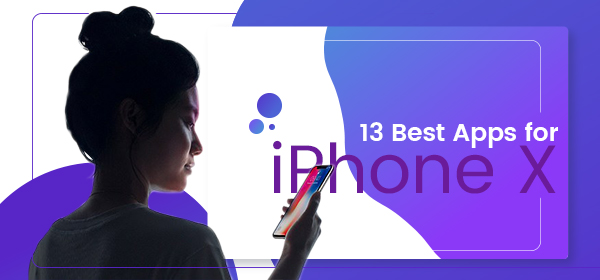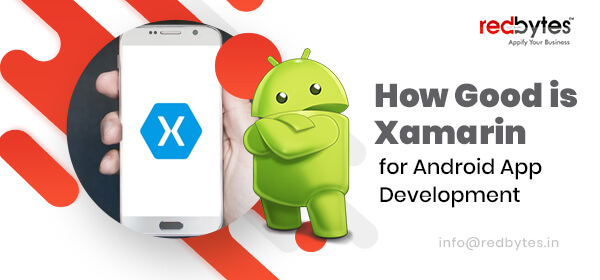A study conducted by Civic Science showed iPhone users as tech enthusiasts and the iconic phone leads in app quality partly due to the homogeneity of the iOS.
Apple’s strong franchise has partly been fuelled by the eager tech adopters in the community who swear by the brand and its offerings.
So, let’s take a look at the top 13 Apps for iPhone X to understand more about the famed app quality.
1. Netflix

This streaming media service needs no introduction. The availability of this through an app makes it all the more easy to use. You get to watch streaming videos, your favorite TV shows and movies at anytime, anywhere.
And true to the iOS experience, the intuitive app stores viewing history – this means that you can get to view content without having to search for the point where you left for a break.
2. Instagram

Not having a social media account can sometime be considered as strange among certain generations. So, lets see how this works. Instagram on the iPhoneX is a great experience, mostly due to the tall design which means that, you can see more on the screen than the regular phones. You get a true immersive experience with the Instagram app on the iPhone X.
3. Dark Sky

It pays to be informed about the weather. You may never really know when the next storm is going to hit your location or if the sun is going to roast you. This app gives you notifications that you can set, which will inform you if is going to be a wet day suddenly.
The wind and the temperature information are actually hyper local conditions which means that every apps can actually rival the Apple Weather App.
4. 1Password

With multiple accounts, logins and passwords to remember, it may sometimes be a bit of a challenge to even the most sharpest mind. This is where this app will help you. This app can help you to handle all your passwords so that you need not remember any of them. And it is ultra safe, as login to the app is with FaceID. In other words, when you use the 1Password app on the iPhoneX you need not remember a password.
5. Face Swap Booth

If you need some fun with pictures then this is a great way to have fun. You get to swap faces between different pictures and create fun images. You can actually swap specific portions to give a funny and sometimes eerie look to pictures.
As usual the full screen iPhone X display will make this experience a lot more interesting as you get more space to see your, er ‘creativity’.
6. Pcalc Lite

Its simple to use interface fits perfectly well into the full screen. If you ever need to make any quick complicated calculation, all you need to do is just whip out your iPhone X and enjoy the simplicity of this calculator app.
It has been optimized for the iPhone X, this means that the interface fits snugly into the rounded corners.
7. Workflow

When automation is the buzzword, the iPhone user cannot be far behind, right? Workflow is a personal automation tool that helps you organize your work easily. You can use a combination of actions with the calendar, maps, music, camera, reminders, Safari browser, Dropbox and most of the other applications that are of personal use.
The simple drag and drop feature makes the app easy to use, giving you a powerful automation tool on the iPhone X.
8. Coinbase

Cryptocurrencies need not be cryptic anymore. With Coinbase you can try your hand at buying BTC, Etherium, Litecoin etc., with a simple tap of the app after a quick installation. If you would like to invest in digital currency from your iPhone X, then this is a nice way to start, with informative charts and great design elements incorporated to make the experience more enjoyable.
9. Reeder 3

If you dig RSS feeds, then this is probably the best app for you to read content. Optimized for the iPhone X, this app has a great theme, with the text in white set against a black background, which makes it very easy to read.
The perfect design combines with the superior resolution of the phone, giving you a high speed RSS feed that will keep you updated of the information that you like to follow.
10. 8fit Workouts and Meal Planner

As your iPhone X is most likely to become an extension of yourself, you could actually leverage it for your fitness goals. The app will give you workout goals that you need to follow as a part of your routine to achieve fitness goals. The app will also give you tips on consuming the right kind of food to achieve your fitness goals. For instance, you will receive tips on foods for fat loss, carb control, vegan and paleo diets.
11. GasBuddy

With fuel prices shooting high, it would be a great idea to use the power of updated information offered by GasBuddy to keep your fuel costs low.
Receive crisp information about the best prices, filtered through many parameters including, location, your favorite brands, and other amenities on the locations. You can actually save considerable sum of money annually by using this app to plan your refilling.
12. Hopper

If you are the type who flies a lot, then this a great app to slash your airfare costs. The app is intuitive and offers insightful information, helping with predictions on the best time to fly to avail discounts. Research has shown that airfares are cheaper on particular days of the week in specific segments, and the app will help you with tips for booking cheap flight tickets and give you suggestions for booking hotel accommodation.
13. HBO Now

If you happen to be a movie buff and you need more than Netflix, then HBO Now will give you access to this premium channel on your iPhone X. There are shows and programmed content that are broadcast on particular channels and if you belong to the HBO fan club, then this a great way to have access to all your favorite HBO shows on your mobile. The subscription can also be used to watch HBO on other devices.
The announcement of new models of iPhones are perhaps one of the most eagerly awaited, and this extends to not just the Apple fans, but industry in general. The popularity of iPhones are legendary, and it is to credit of the innovative apps that the user experience increases among iPhone users. The iPhoneX with the tall screen just made the experience more interesting and these apps are all set to take it to the next level.






















































